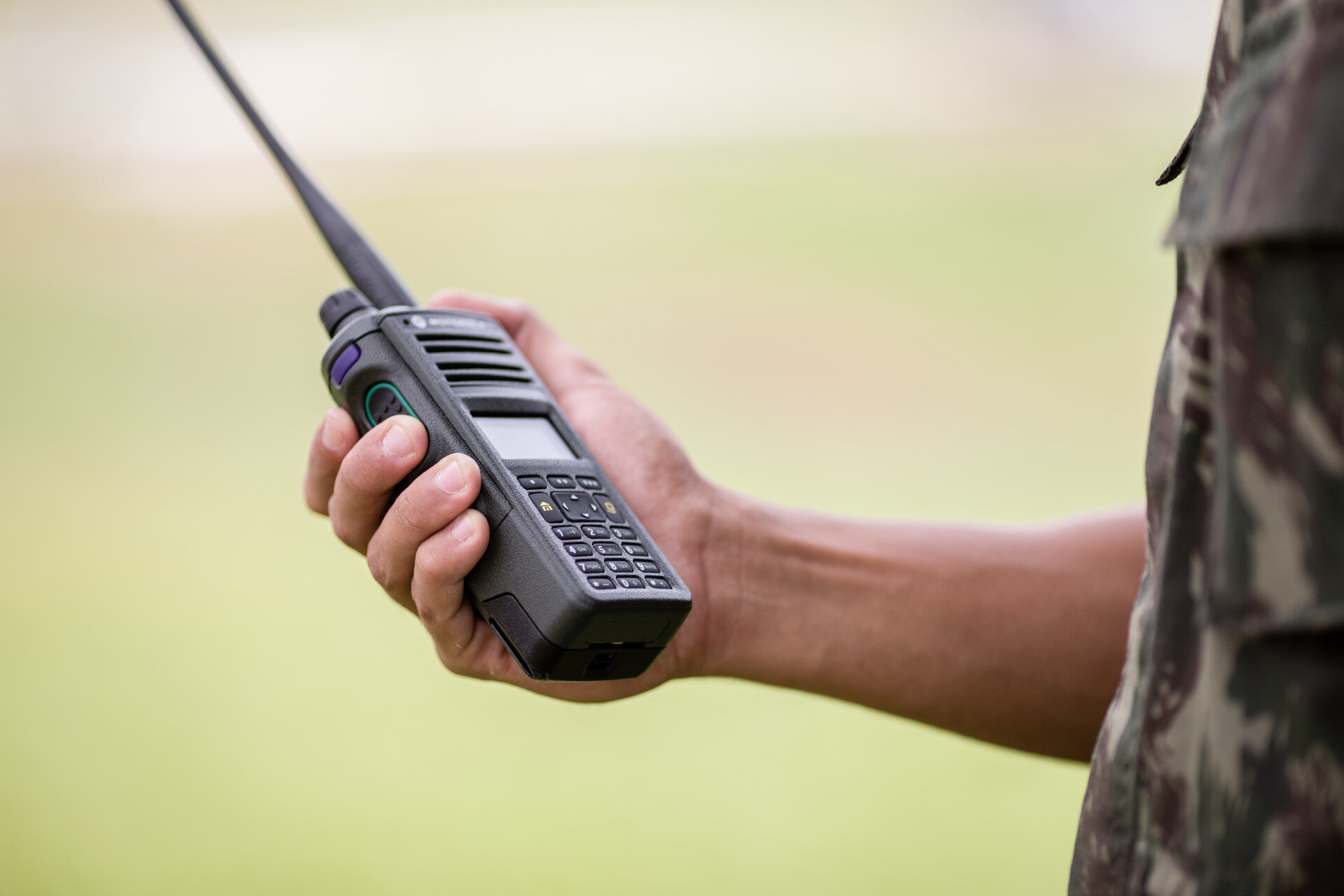Our Design Services
Sigma Wireless have been designing, building and managing a wide range of mission critical communications networks for 30th years in Ireland and Internationally. We offer a full range of design services; working in conjunction with the customer we design solutions to meet your specific needs
Desktop Analysis
Site Surveys
Technical Design / Functional Design Specifications
RF Planning
Radio System Network Design
Site Detailed CAD Designs
Site Build and Construction
PTP & PTMP Microwave Link planning
Frequency Regulator Negotiating and Licence Applications
Wide Area and in Building RF Coverage Predictions
Design Services
Site Surveys are a critical element of any design process. It is important that during the site survey that all relevant information about the site is captured and it must be detailed enough to enable the suitability of the site to be evaluated in meeting the site requirements. In addition to recording the characteristics of the site, we also recommend potential locations for the installation of equipment, including the antenna locations. The site survey will also be used to capture the information required in preparing the site for installation and identifying the materials and equipment required for the installation in advance.
Depending on the technology (PMR, DMR, Tetra, PTP, PTMP, pLTE & Wi-Fi) the exact detail of the survey will be defined before a survey takes place. Sigma Wireless carries out many different types of surveys depending on the requirements
Desk Top Analysis
Line of Sight Surveys - including drone surveys
In-building pLTE and Wifi Surveys
Microwave Link Planning
RF Planning Sigma Wireless can provide full RF coverage plots for the systems proposed, as part of the RF planning process we set the link budget for the system, which includes the following parameters:
Map and Clutter Data
Propagation Model
Frequency Band
RF Channels
Duplexing Method
Base Station Type
Base Station Tx Power
Base Station Sectorization
Base Station Tx Height
Base Station Antenna Type, Gain
Base Station Antenna Downtilt
Advanced Radio/Antenna Techniques
CPE, Tx Power, Ant Ht, Ant Type, Gain,
Desk Top Analysis One of the first stages while doing the desktop analysis is to ensure we have the current up to date list of all near end sites and all potential far end high sites from all site providers that the customer will potentially use and that these are loaded into our GIS software. Sigma Wireless use GIS software to do desktop LOS and view Shed Analysis while looking at proposed options.
View Shed Analysis We plot the sites on our GIS software, this enables us to determine a LOS from the near end to a potential High Site is possible. We do a view shed analysis from the specific site requiring a backhaul connection and adjust the heights accordingly within the software and run a view shed. From this we can tell quickly what high sites we may have LOS to and the ones we probably don’t have LOS on. We can also quickly draw a path from the near end site to any high site and check the LOS profile for the proposed link.
The view shed shown below is based on a 30km radius with an antenna height of 10 Meters per end.
Line of Sight Armed with the potential high sites that have been Inprovided for a LOS from the desktop analysis, the site survey engineers will attend site and start the LOS survey with a view to determining a conformed LOS to a High Site.
MEWP Survey
Drone Survey
In Building pLTE and Wifi Surveys A wireless Radio Frequency (RF) Site Survey is to ensure that the proposed Radio- Frequency Network achieves the goal of providing Data / Voice and RTLS services throughout the site as specified by the customer.
Each site will require a unique coverage solution to meet the specified requirements based on its structural features, walls, windows, partitions, furniture and equipment. The site survey ensures that coverage is optimised to suit the specific site locations.
The existing RF Spectrum will also be analysed to check for existing and neighbouring RF activity and sources of interference / RF noise. This data is used in configuring the installed solution to maximise the coverage and minimise any interference sources. Typically, these will include existing WLANs, neighbouring WLANs, and various other sources of potential interference such as Elevators, Microwaves etc.
The survey output will provide the number of Small Cells/Access Points required, each one visually identified on the site plans.
Microwave Link Planning As part of the Point to Point radio link design we first conduct a desktop study of the proposed path, this will give us an indication if the link is feasible or not, the digital maps will indicate if a path may be possible. After the Line of Sight survey is conducted and a Line of Sight is confirmed, we will proceed with a technical design of the link, taking the following into consideration:
Path Length
Possible Frequency bands
Antenna Heights
Local regulator guidelines will be adhered to (e.g. Min path lengths per Frequency)
Preferred Max dish size
Link throughput required
% Availability target
Intersystem Interference
Equipment Specifications
Having considered all the above we will produce a link budget and a path profile for the proposed link/s. The link budget indicates, the equipment required, the antenna sizes, frequency, Tx Power etc.
Functional Design Specification Following on from the site survey, Sigma Wireless will produce a Functional Design Specification (FDS) document which will detail all aspects of the required solution. Depending on the technology purchased, some or all the following will form part of the FDS.
Full details of the main delivered components of the system, including manufacturer, manufacturers part numbers, model numbers, revision numbers, machine names, IP addresses
Full details of all software applications and all the necessary software licences which will be required for these applications.
The layout of each equipment room. Likewise planning the rack positions for the new equipment racks will ensure equipment room space is utilised to its max, and cabling to and from external interfaces can be accommodated in existing or new trunking or containment.
All rack drawings and hardware layout.
Full details and specifications for all interface points to enable the connection of control room or back office data systems into the system
A full specification for the Operating and Maintenance Manuals to be supplied with the system (detail may be contained in a separate document)
Full details of the resilience architecture, including normal and fall back operations details
Security interface requirements
Requirements for the Local Area Network and the Wide Area Network which are to be supplied by the customer. We will within the FDS describe the capacity, latency and interfaces required.
Link details, such as link budgets and path profiles
Network overview map
Equipment data sheets (including details of equipment size, weight, power and heat)
A full list of recommended spares will be documented
A schematic will be provided as part of the System Overview showing the proposed solution and all gateways and interfaces.
Frequency Plan and Regulator Licensed Application In addition to doing the RF coverage, we will also work with the local regulator and apply for any licensed frequencies required for the system. As part of this application we will identify the frequencies required and work with the regulator in order to have the frequencies licensed. For unlicensed equipment, we will devise an RF plan for use by the customer, specifically bearing in mind any potential interference and capacity requirements.
IP System Design As part of the overall system design and IP plan for the network will be devised and agreed, depending on the network purchased, Sigma Wireless will propose an IP plan for the network for all systems.




















